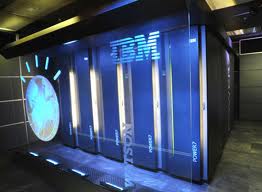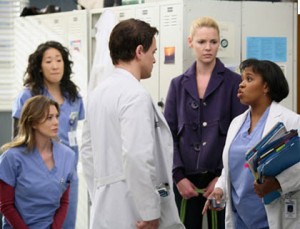Smarter Planet?
IBM keeps selling solutions for a smarter planet. Watson, the computer that won Jeopardy, they say, is the way to a smarter planet. I’m not so sure. Is a kid who breaks his front teeth stumbling over a fire hydrant texting “K” a denizen of a smarter planet? Is a gardener who uses the Web to find out Dawn and vinegar gets rid of mites smarter than someone who figures it out on his/her own?
Is the massive computing power in our pockets and backpacks and on our laps and desktops making us smarter? “Mom, how long do you boil an egg?” Are social networks forming our “likes” for us? Is this fingertip world making our bones weak and our sinew stingy? Let’s ask Quora.
Dude, I’m not going all Ted on you. Ted K, that is. I’m just pointing out a trend we will all be seeing a lot more of as we leap forward in Moore’s Law chunks of time. It’s called roots. Etsy.com is a good example of the roots phenomenon; people making stuff with their hands. Gardening. Cooking. Traditional music and art. DIY home improvements. These are all examples of the roots phenomenon. Any neurologist or physical anthropologist will tell you that the way to exercise the brain is to use it. The way to a smarter planet is not to rely on computers for everything. That’s a way to sell more computers. Peace.




